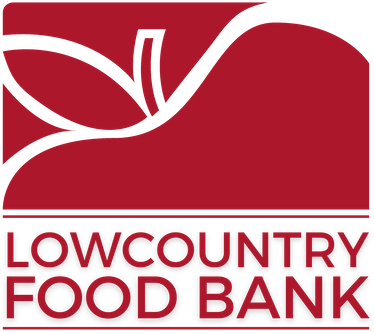Lowcountry Food Bank’s (LCFB) Collective Impact Working Group (CIWG) was formed in 2021 to focus on how we can best support our partner agencies, provide resources so they can operate on the days and times that meet the needs of their neighbors, and measure our impact for the neighbors we serve. CIWG includes staff from LCFB’s Community Programs, Agency Relations, Strategic Initiatives, and Communications departments, and is implementing a workplan that includes these action items in 2022:
- Ensure and/or expand opportunities for our neighbors to access food across the communities we serve
- Assess and test new ways to distribute food based on unique communities’ needs
- In addition to showing how many pounds of food we distribute, explore how we can best assess our outcomes and impact to show how we are making a difference
- Develop ways to identify and learn more about elements that affect hunger and food security, like access to health care, how much money is spent on housing, access to transportation, literacy levels, and additional factors
- Ensure our initiatives are centered on the people we serve
- Communicate our impact
- Reach out to the people we serve and beyond to determine and offset barriers to food access.
In 2022, we have reviewed our latest Geographic Information System data and mapping of our food distributions to ensure we are being equitable in which communities receive food. By reviewing the maps, we can also identify gaps in food access and ensure we schedule distributions or help build up our partners and their capacity in those locations. We have also charted when each partner agency is open for business, providing our Agency Relations team with a baseline of information. Through this data, we can encourage changes that will meet the needs of communities that do not have adequate access to food and/or bring in new partners to help meet that need.
As Feeding America is developing new ways to measure adequate service levels nationally, the CIWG has already begun to discuss and brainstorm how we can best measure our impact moving forward. The CIWG is staying on top of national conversations, participating in webinars and focus groups, and providing feedback to Feeding America staff on how we have already begun thinking about service adequacy issues and solutions. As part of the workplan, we are also working to develop a protocol on community “deep dives” and what quantitative and qualitative data is needed to assess barriers to food access and the root causes of hunger and food insecurity.
The expertise of Lowcountry Food Bank staff who map data and analyze what it means to the neighbors we serve puts the Food Bank and our partner agencies in a leading position within the Feeding America network to assess our impact and guide our future strategic planning.
About the Lowcountry Food Bank: Feed. Advocate. Empower.
The Lowcountry Food Bank serves the 10 coastal counties of South Carolina and distributed more than 40 million pounds of food in 2021. The Lowcountry Food Bank helps fight hunger by distributing food to more than 250 partner agencies including on-site meal programs, homeless shelters and emergency food pantries. The Lowcountry Food Bank advocates on behalf of those who experience hunger and helps empower people to make healthy and nutritious food choices. For more information, visit the Lowcountry Food Bank website.


Recent Comments